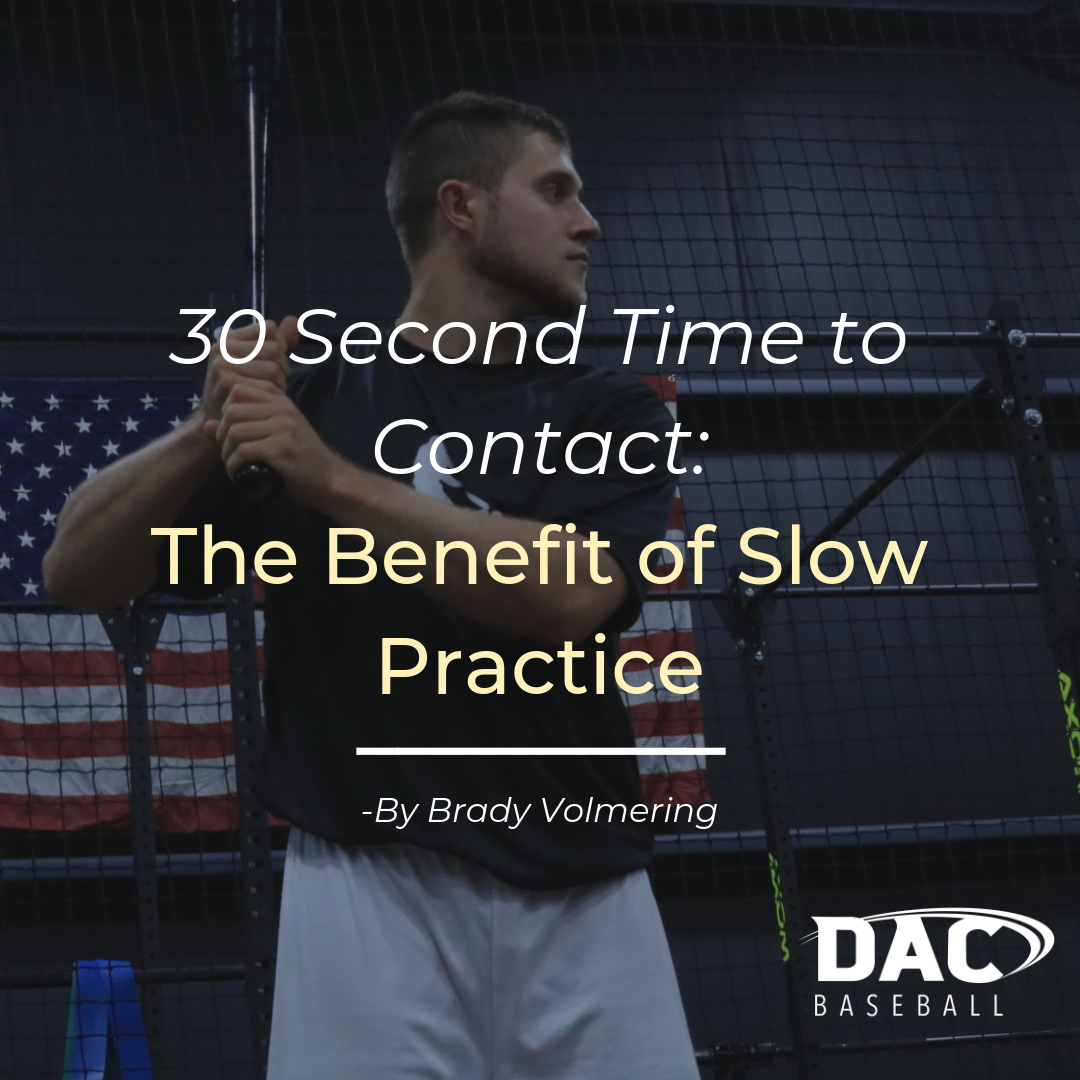Slow motion swing clips are one of the greatest teaching tools we have.
But, instead of simply watching, I’d like to take it a step further: Can you physically replicate what you’re seeing, in slow motion?
Ben Hogan, one of the greatest golfers of all time, is known for his slow motion swing practice:
If you can’t do what you want to do in super slow motion, how are you going to do it at normal speed?
Swing Construction
At the base of all swing changes is an understanding of exactly what it is that you are trying to change. Your current swing takes place because of the neural firing patterns you have that have been ingrained since the day you first picked up a bat. Changing that firing pattern isn’t going to come about easily.
For instance, one of the lifting modalities we have begun implementing quite heavily into our training, are long duration isometrics. What these isometrics allow us to do is pinpoint movement breakdowns that occur in each athlete. In fact, for many of our in-house athletes, these long duration isometrics have replaced our old physical assessment: we can see, based upon how or where they fail/break down during an iso, which areas of their body need the most work. For instance, if a player fatigues in their calf before their hamstring or glute in a glute ham exercise, we know there are probably foot/calf issues present.
And while the long duration isometrics present an article for another day, it got me thinking about how I could use slow motion training for my hitters. Would I be able to see representative swing patterns in their slow motion swings as compared to their actual swings?
Swing Reprogramming
As it turns out, the answer is yes.
What I quickly realized was that the swing I saw in front of me as the hitter was doing a slow motion swing, is the same one I had seen in their video from the day before, or in their normal swings that I see everyday. And that’s when it clicked: we could use slow motion swings to change the movement pattern of a hitters normal swing!
This is not new. In his famous book, The Talent Code, author Daniel Coyle talks about how nearly all of the talent hotbeds he visited did some form of super slow practice. This piano demonstration was of particular interest to me:
Right around 2:07 he begins getting into what 1/2 and 1/4 speed training looks like for the piano player.
But getting back to hitting…
As we began implementing slow motion swings and were able to make changes to the hitters slow motion movements, we also began seeing changes in the movements of their full speed swings.
The visual learner would set up on an iPad and be able to see themselves to autocorrect mistakes.
The kinesthetic learner began to understand what it FELT like to move correctly as we began grooving better patterns.
The auditory learner was able to recognize and replicate positive changes with verbal feedback from the coach.
Slowly, the hitters began to understand what better movement felt like, due to the increased body awareness moving super slow provides.
Application
So how does this apply to your everyday hitting sessions? Thus far, I have implemented it in two ways:
- Part of the warm-up, in conjunction with our SRT machine. The SRT helps stimulate the brain and leads to more effective learning. You can read more about it here.
- As a BP blend – each time the hitter “fails” (this can be a set number of “misses”, or a more subjective measurement), the hitter will go back to their slow motion swing and feel out what went wrong and the correction that needs to be made for a successful outcome.
However you plan to implement it, the concept behind the idea remains the same: By bringing deliberate attention to the swing and forcing your body to move extremely slow, you’re screaming “pay attention, this is important”, to your body. And that which the body perceives as important… it will adjust for. Before you know it, you’re swinging like Pete Alonso himself (no guarantees ;)).
That’s all for today, hope y’all enjoyed.
If you have additional questions please direct them to my email at brady@dacbaseball.com.
Thanks for reading, and as always,
Stay Hungry.
Brady
